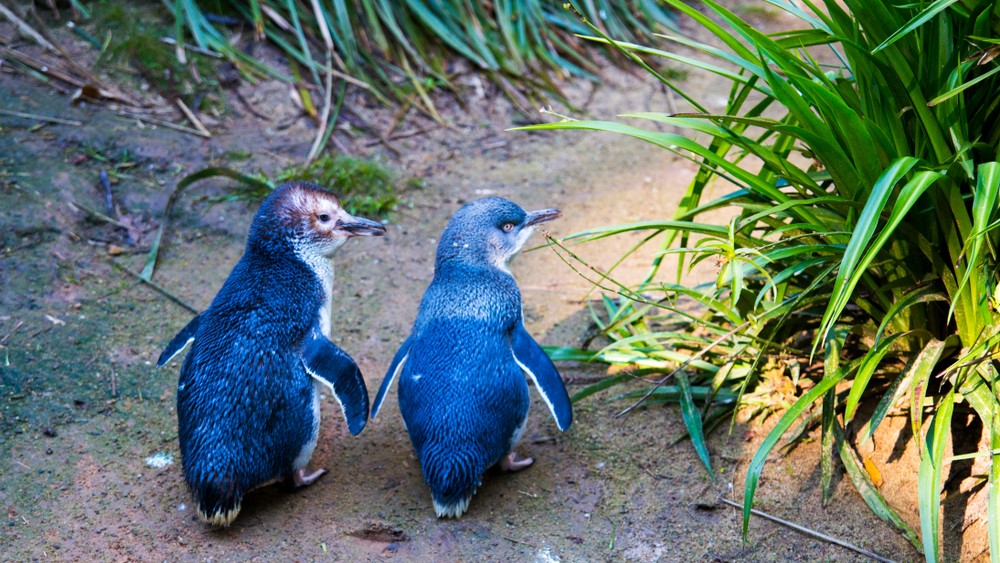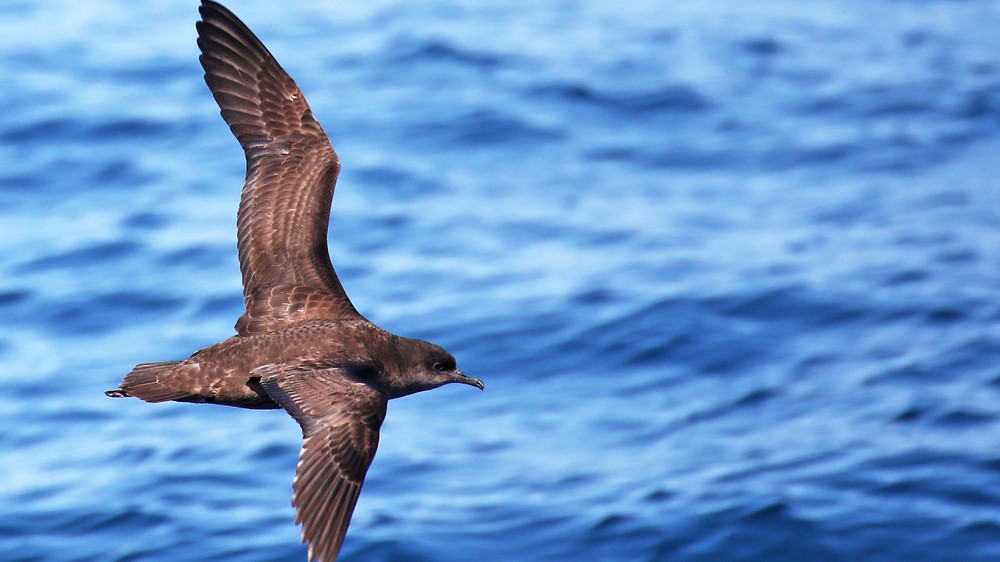Tasmanian devils wipe out colony of little penguins in major conservation backfire
Critics call it a "predictable and avoidable outcome."

Conservationists in Tasmania may be ruing the decision to introduce endangered Tasmanian devils to a small island, after a new survey revealed that the alien invaders have wiped out the entire colony of little penguins living there.
Tasmanian devils (Sarcophilus harrisii), the world's largest carnivorous marsupials, were introduced to Maria Island — a 45-square-mile (116 square kilometers) island east of Tasmania — by the Tasmanian Department of Primary Industries, Parks, Water and Environment (DPIPWE) in 2012. The government agency hoped to create a new devil population to prevent the species from being wiped out by a deadly disease that has decimated their numbers in Tasmania.
However, the introduction of one species has meant the end of another: The new DPIPWE survey showed that the introduction of devils to the island wiped out 3,000 breeding pairs of little penguins (Eudyptula minor) living on the island, according to The Guardian.
Related: 15 of the largest animals of their kind on Earth
Critics are now blaming the DPIPWE's decision to introduce the devils to Maria Island and the department's subsequent handling of the situation.
"This was a predictable and avoidable outcome," Eric Woehler, an ornithologist at the University of Tasmania and head of conservation group BirdLife Tasmania, told Live Science.

Insurance policy
The International Union for Conservation of Nature, which maintains a list of threatened species, classifies the Tasmanian devil as endangered. One major threat to the species is the emergence of a rapidly transmissible form of cancer known as devil facial tumor disease, which has killed 90% of their population (which is mostly confined to Tasmania) since the disease first appeared in 1990, Live Science previously reported. DPIPWE scientists believed the only way to prevent a devil extinction was to create isolated populations of healthy individuals away from Tasmania.
Sign up for the Live Science daily newsletter now
Get the world’s most fascinating discoveries delivered straight to your inbox.
In addition to keeping the devils safe on Maria Island, conservationists thought the transplanted individuals would help control the island's population of small predators, such as feral cats and possums; traditionally, officials had instead culled the predators to protect bird populations, according to The Guardian.
Similar attempts to introduce Tasmanian devils to the Australian mainland have been successful, and wild devils were recently born there for the first time in over 3,000 years, Live Science previously reported. However, the new population on Maria Island quickly grew out of control from 28 individuals, introduced between 2012 and 2013, to more than a hundred by 2016, according to The Guardian.
"The devil population is currently managed to achieve a population-size range of between 60-90 individuals," a DPIPWE spokesperson told Live Science, which they claim is the current estimated carrying capacity to "reduce impacts to island ecology."
Conservation nightmare
With that population boom, Tasmanian devils became the dominant predator on Maria Island, and some endemic species, such as the little penguin, could not adapt fast enough to survive the onslaught.
"The devils ate the adults and young," Woehler said. "The penguins that were not predated abandoned the colony in the face of predation pressure," most likely joining up with other colonies in Tasmania, Australia or even New Zealand.
The devils also killed and ate short-tailed shearwaters (Puffinus tenuirostris), significantly reducing the birds' numbers on Maria Island, according to a study published in 2020 in the journal Biological Conservation.

Other bird species at risk from the devils' appetite include the Cape Barren goose (Cereopsis novaehollandiae) and the Tasmanian native hen (Tribonyx mortierii), Woehler said. "All ground-nesting and ground-feeding bird species are at potential risk," he added.
Avoidable outcome
One of Woehler's and others' biggest criticisms of the project is that until now, the DPIPWE had not properly monitored the penguin population, so the organization had "no idea" what was happening as a result, Woehler said. "Parks staff undertook no monitoring for 12 years, and that's when they discovered no penguins remaining," Woehler said.
A lack of monitoring also means it is unclear if Tasmanian devils had any impact on predator populations as was hoped, Woehler said.
However, the DPIPWE claims that monitoring has been carried out on Maria Island, even though it doesn't seem to have done them any good.
"The Save the Tasmanian Devil Program (STDP) continually monitors, evaluates and reviews the devil population and program activities," a DPIPWE spokesperson, told Live Science. "All effective conservation programs are adaptive and the STDP will continue to evolve in line with new knowledge in science and emerging priorities."
Proper monitoring might have been able to save the penguins, but the project should never have gotten a green light in the first place, Woehler said.
In 2011, before Tasmanian devils were introduced to Maria Island, the DPIPWE released a report that predicted the introduction of the carnivorous marsupials would have "a negative impact on little penguin and shearwater colonies on Maria Island through devil predation," according to The Guardian.
However, the desire to save the iconic Tasmanian devils from devil facial tumor disease led to the rash decision to introduce them regardless, Woehler said.
"The outcome was predicted by many people," Woehler said. More research should have been carried out before the devils were introduced to help inform the DPIPWE's decision, he added.
Ironically, new studies suggest that the native population of devils on Tasmania is now likely to survive the devil facial tumor outbreak, as the disease is starting to spread much more slowly, according to a study published in 2020 in the journal Science. Therefore, the introduction of Tasmanian devils to Maria Island was ultimately unnecessary.
Not too late
Although the introduction of Tasmanian devils to Maria Island has caused a huge amount of ecological damage, there is still hope that the problem can be remedied.
By removing the devils from the island, there is a chance that the little penguins will return home, Woehler said.
"They are responding to predator pressure," Woehler said. "Remove the pressure, and the birds will return."
However, there is no indication of a devil removal project being carried out anytime soon, Woehler said.
Originally published on Live Science.

Harry is a U.K.-based senior staff writer at Live Science. He studied marine biology at the University of Exeter before training to become a journalist. He covers a wide range of topics including space exploration, planetary science, space weather, climate change, animal behavior and paleontology. His recent work on the solar maximum won "best space submission" at the 2024 Aerospace Media Awards and was shortlisted in the "top scoop" category at the NCTJ Awards for Excellence in 2023. He also writes Live Science's weekly Earth from space series.









